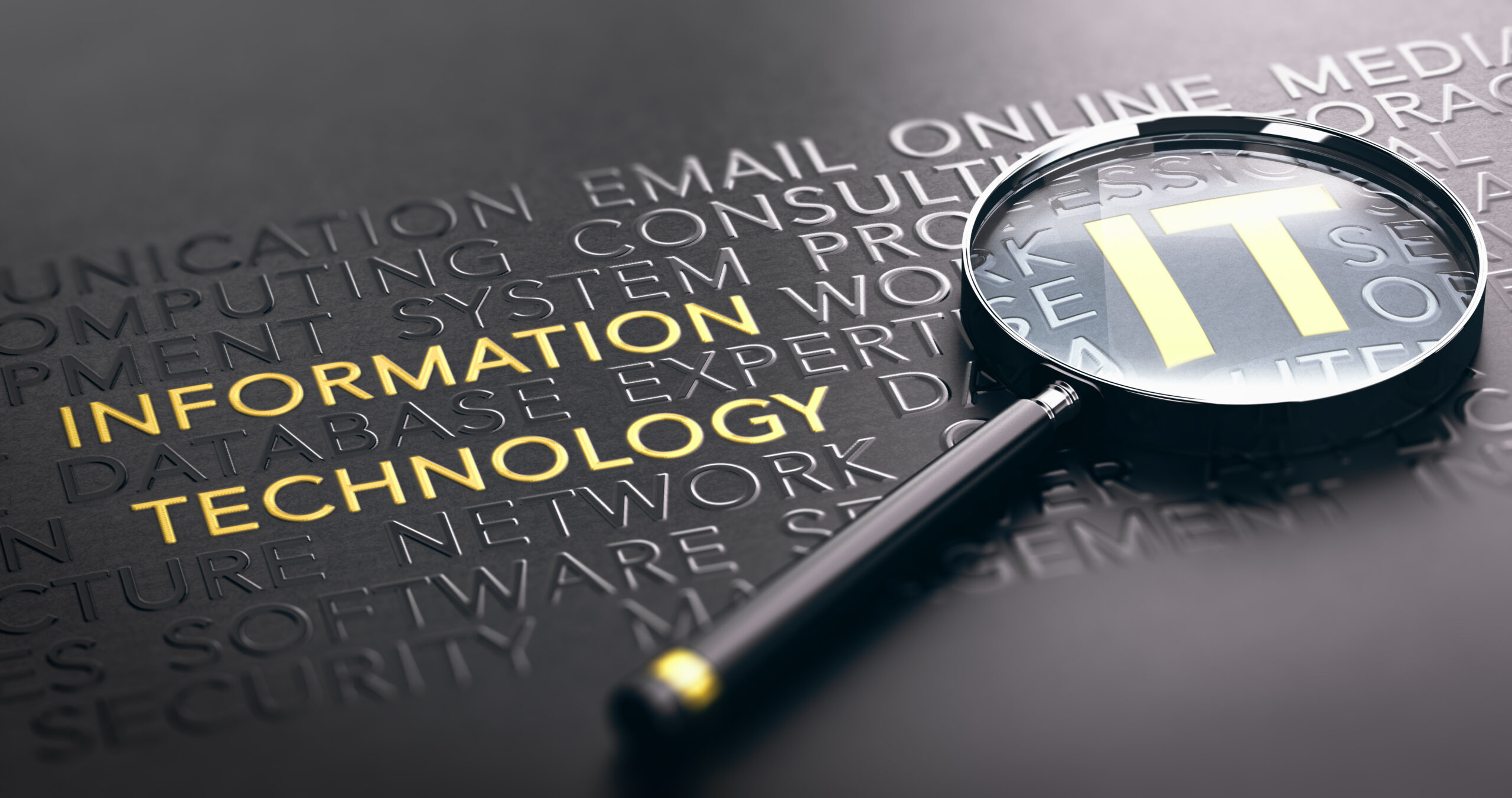Information technology (IT) helps businesses tremendously advance their operations, reaching and serving more customers using sophisticated hardware and software solutions. It is a powerful tool for automated production, quality control, and various business management tasks.
However, the IT cost structure may also cause some business issues if not properly planned. For this reason, it is crucial to understand the breakdown of the total cost of IT. In this article, you will learn more about information technology costs for businesses. This way, you’ll better understand its financial business impacts.
Managed IT Services
Managed IT services refer to information technology solutions delivered by a managed service provider (MSP). An MSP is a third-party company that combines a flat-rate, monthly-paid unlimited IT support, and proactive monitoring of an organization’s tech infrastructure and workstations. Managed service providers proactively minimize IT issues so business owners can focus on other vital aspects.
Managed IT services are highly recommended for small to medium-sized businesses that cannot afford to build their own in-house IT team due to the expensive cost. It’s a cost-effective solution for business owners who prefer entrusting their IT infrastructure to the hands of experts, without spending that much on monitoring complex systems. The cost of an MSP at a ballpark is USD$35 to USD$65.
Here are the essential benefits of managed IT services:
- Proactive Support: The MSP firm is specialized in identifying tech issues before they arise to keep your systems up and running. This way, your business operations run smoothly, avoiding delays and service interruptions due to tech problems.
- Strategic Planning: MSPs help organizations think ahead. They provide expert advice and recommendations on the things that a business needs for its IT infrastructure. An MSP ensures that your software and IT infrastructure are updated and upgraded to minimize risks, like crashes, viruses, and downtime.
- One-Stop-Shop: Managed IT services give you complete access to an IT department consisting of an IT manager and IT specialists. You’ll have full 24/7 IT support at a fraction of the cost of an in-house IT to help your business succeed.
- Reduce Problems And Reach Your Goals: MSPs are incentivized to perform at their best because they want to minimize organizational problems. Their key performance indicators (KPIs) are directly linked to your IT’s efficiency. If you are not an IT expert, MSPs can help you focus on your business and attain your goals by proactively managing your IT.
Hardware Assets
A company’s hardware assets make up a part of an IT investment. Evaluating your hardware requirements and future IT needs is crucial in determining the upfront, maintenance, and operational costs. Hardware assets include computers, such as laptops and tablets used for businesses.
Check the following estimate costs for hardware assets for business use:
- New Desktop Computer: A basic model of a new desktop computer with limited storage would cost you USD$400 to USD$500. On the other hand, a top-of-the-line desktop computer equipped with a large hard drive would cost you USD$3,500 to USD$4,000. The prices of desktops depend on their operating system (OS), too.
- Laptops: Laptops are portable, which gives employees more flexibility and allows for smoother team collaboration. A laptop would typically cost around USD$300 to USD$400 for basic models, and USD$3,000 to USD$4,000 for high-speed models. The cost highly depends on the brand and features.
- Tablets: Many businesses use tablets to go mobile and integrate laptops into their enterprise environment. Tablets are highly portable computers, giving users immediate access to business data and allowing for greater flexibility. The prices of tablets range from USD$200 to USD$1500.
Software Assets
Organizations lost about USD$2.8 trillion due to poor-quality software in 2018. The cost went to fixing bugs and technical debt, a standard operational course in software development.
The two common pricing models that software vendors use include subscription hosting plans (via the cloud) and on-premise perpetual licensing. Take a look at each option:
- Subscription Plans: A software vendor hosting software on their servers is also called software-as-a-service, which involves paying a monthly or yearly subscription fee. A subscription plan’s standard pricing structure can be per-user or per month, depending on the number of employees who’ll need to access the software. Subscription plans are beneficial for businesses that aren’t interested in hosting and maintaining their data. Some subscription plans require contracts, while others don’t require contracts or are pay-as-you-go, which means that you can cancel them anytime.
- Perpetual Licensing: A perpetual license enables end-users to access and use the software for as long as all the terms and conditions of the license agreement are met.
IT Security Cost

One of the most important IT security features is antivirus software, which is commonly sold as a yearly license subscription. Remember that the effectiveness of the antivirus program doesn’t rely on its price. There are many factors that need to be considered, such as the level of protection the antivirus software can provide. Also, it’s essential to consider your budget when choosing security features for your business’s IT system.
Here are the packages offered by antivirus software providers:
- Basic Package: A basic package typically includes real-time protection and scanning for adware, spyware, ransomware, and malware. It usually costs less than USD$50 for the first year. The second year and thereafter, you’ll pay more, about less than USD$100.
- Premium Package: A premium package has extra features, such as high-level protection for financial accounts, web browsing, and email. For mobile devices, Android and iOS protection are available. Other security features include cloud storage, a password manager, tune-ups or system optimization, and live customer support. Premium packages initially cost between USD$50 and USD$100. Upon renewal, the price will go back to its original price/.
Conclusion
The costs of information technology involve software and hardware assets. Aside from upfront costs, businesses also need to set a budget for operational and maintenance costs. Managed IT services can save business owners thousands of dollars in building their own in-house IT team because managed IT services are provided by third-party companies or are outsourced to fix IT problems, hence keeping your IT costs down.





